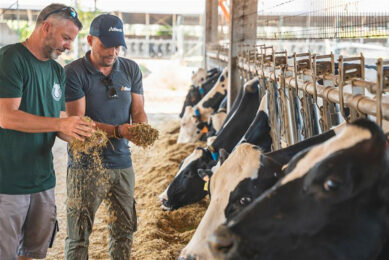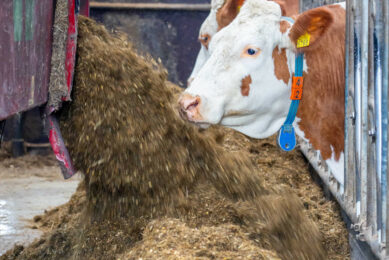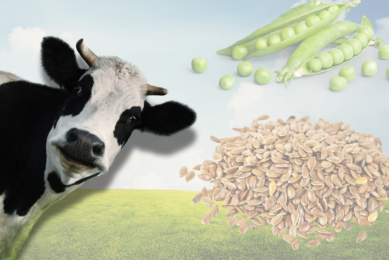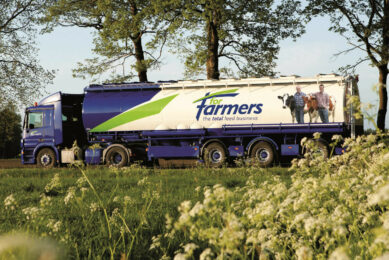Impact of GI parasites on ruminants
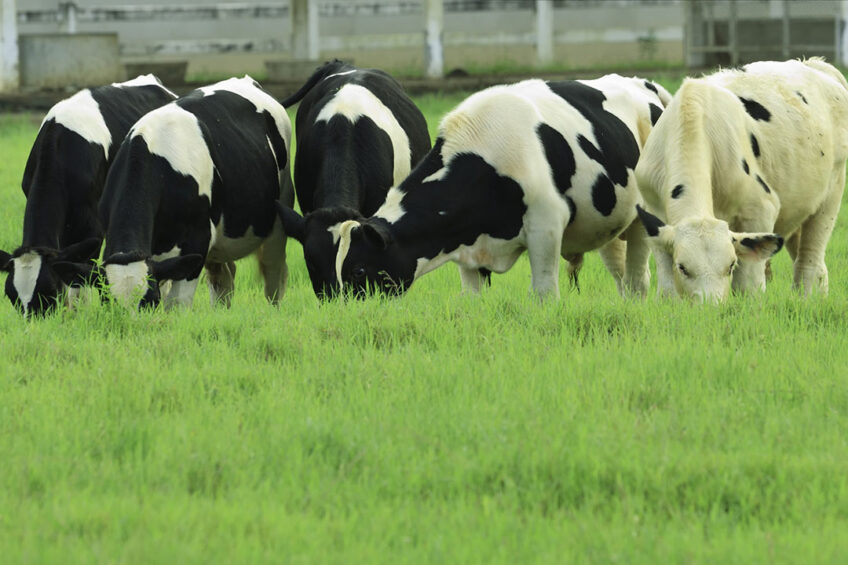
Gastrointestinal (GI) parasitism in ruminants is related to pasture quality and grazing management. Here we look at some important GI parasites that affect grazing animals, the natural factors that help their spread, and their impacts on nutritional physiology and ruminant production. Let’s consider the ways to control GI parasitism through the proper management of pastures and grazing systems.
The most important parasite species that affect the digestive system in ruminants are shown in Table 1, the target host(s), and the site of the infection in each host.
Factors affecting parasitic infections
1. Climatic factors
High air temperature helps increase the activity of some parasites and their reproduction in pastures. It was found that the number of H. contortos larvae per kilogramme of herbage was 1,086 larvae at 45°C, and then decreased to only 512 larvae at 15°C under similar grazing conditions. Other types of parasites were less sensitive to climatic factors.
2. Soil factors
Parasitic infections are more frequent in clay soils than in sandy soils. This is due to the low humidity in sandy soils, as well as the possibility of sand drift, which helps cover the lower part of the plant where the larvae infest the host.
3. Animal factors
a. Herd size: With high grazing density, there is a greater chance for parasite infestation, as the animals, in this case, have to consume the plant to a short distance from the soil surface, which increases the severity of infestation due to the increased number of larvae in this lower part of the plant.
b.
Age of animals: The response of animals (cattle) to parasitic infection decreases as they age. Also, animals that have been previously infected with parasitic infections are more resistant to new infections.
Effect on physiology
The GI parasites affect an animal’s feed intake to a varying extent depending on the magnitude of infestation. Such a relationship may be attributed to the effect of the parasites on rumen motility, rumen pH, and the hormonal system regulating the appetite and feed intake.
The parasites residing in the true stomach (abomasum) such as H. contortus and O. ostertagia may cause damage to the HCL-secreting glands. As a result, the pH level in the gastric liquors increases to about seven or more, thereby leading to diarrhoea and weight loss. This is due to the fact that the increased pH will lead to increased production of gastrin hormone in the stomach, thereby increasing secretion of water from the liver, pancreas and the distal part of the small intestines which- in turn- causes diarrhoea and weight loss.
The parasites residing the small intestines such as T. colubriformis cause atrophy of the intestinal villi and hence reduces the ability to increase the surface area available for absorption and utilisation of feeds. In extreme cases, these parasites may cause damage to the intestinal wall itself and allow the passage of immunoglobulins from the blood plasma to the gastric cavity with an eventual loss of these immunoglobulins through faecal excretion and thus decrease the animal’s resistance to the microbial diseases.
Internal parasites also affect digestion and utilisation of dietary proteins, due to the decreased feed intake and the need for the animal to use feed proteins as a compensatory source of energy. Utilisation of other nutrient elements such as calcium and phosphorus may also be affected by parasite infestation, which adversely affects bone formation and causes rickets and other disease problems.
Several studies have been carried out to determine the effect of internal parasites on the animal’s productivity. The results of these studies indicated that the daily growth rate decreased by 32-52% in cattle. The low growth rate, in this case, is attributed to the effect of parasites on animal physiology and feed utilisation.
Parasite infections also affect milk production in cattle, which is reduced by about 3kg per day, in addition to the detrimental effect of the parasites on the reproductive efficiency of the herd, as evidenced by the low fertility rate, the reduced growth rate of the fetus and its birth weight.
In some critical cases, the parasitic infection may cause animal death, particularly in tropical and subtropical grazing areas where the climatic and nutritional factors in these areas predispose the animal to large numbers of parasitic larvae. Mortality occurs in the range of 10-20% in cattle.
Grazing management
1. Grazing density
Some farmers tend to increase the number of animals in the pasture in order to increase profits per unit of the grazing area. This method, however, increases the risk of parasites – particularly in poor pastures – as a result of the rapid consumption of pasture plants, forcing the animal to feed on plant residues close to the soil surface where the larvae are concentrated. Therefore, a balance should be made between the productive status of the pastures and the number of grazing animals so as to meet their nutritional requirements without having health or production problems.
2. Rotational grazing
In this way the animals are allowed to graze in one part of the grazing area while the other parts are left without grazing, then the animals are moved to another part of the pasture while the former part is left to rest, regain vegetation and so on until the grazing season ends. This method is useful in the control of parasites since the absence of animals in the vacant areas of the pasture leads to the death of larvae naturally as a result of the lack of hosts in which they complete their life cycle. The rest period required to eliminate these larvae depends on the type of parasite prevailing in each region. With most parasites, the rest period should be about 6 weeks, but with parasites such as O. ostertagia, this period should be increased to 10 weeks or more.
3. Indoor feeding of pastoral feed
This system is known as (Zero Grazing), in which the pasture plants are cut and transported to the barns for feeding along with other concentrates, thereby avoiding the parasitic damage resulting from the presence of animals in the pasture and ingesting the larvae. However, because of the increased cost of this system, it should be limited only to small animals that are more sensitive and less resistant to parasitic diseases.
4. Biological control
Some beetle species, called Onthophagus gazella, are used to convert cattle manure into small pellets and bury them in the soil so that they cannot be readily reached by the animals.
5. Feed supplements
Animals on low protein diets are more susceptible to parasite infection because they produce less immunoglobulin IgA. Protein supplements should, therefore, be considered particularly for the young susceptible animal for improving resistance to parasites. Animals should also get an adequate supply of calcium and phosphorus to compensate for the deficiency resulting from parasite infestation. The provision of trace minerals such as zinc, iron, and cobalt is also important for the proper functional immunities against the parasites.
Vitamin A is also important to improve the intestinal epithelial integrity and the function of the intestinal immune system which are both disrupted through parasitism, as indicated earlier. In addition, cytokine production is substantially altered by vitamin A supplement leading to profound changes in the functional immunity against the parasites.
References are available from the author upon request.
Join 13,000+ subscribers
Subscribe to our newsletter to stay updated about all the need-to-know content in the dairy sector, two times a week.



